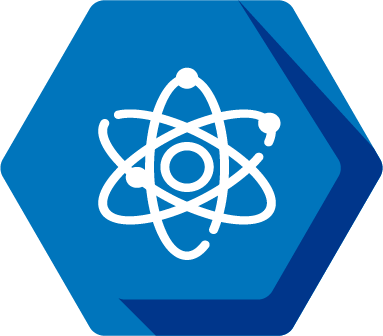Tajes Khanna

Pronouns: He, him
Research Mentor(s): Abderahmen Zoghbi, Assistant Research Scientist
Research Mentor School/College/Department: Astronomy, College of Literature, Science, and the Arts
Presentation Date: Thursday, April 22, 2021
Session: Session 6 (4pm-4:50pm)
Breakout Room: Room 15
Presenter: 2
Abstract
Despite a large amount of research devoted to astronomy and black holes, many open questions remain about these celestial objects. It is unknown how matter behaves around black holes, and specifically, how the strong gravity of the black hole affects its surroundings. These objects are observed at different wavelengths (X-ray, optical, etc), and the question we seek to address is whether the characteristics of variability at different wavelengths are correlated with each other or with other black hole properties. This study compares X-ray light curves, that are emitted near the black hole, with visible light curves, that are emitted at larger distances from the hole. A list of black holes, from the paper “X-ray variability of 104 active galactic nuclei”, was used as the sample for this project. The corresponding lightcurves were obtained from the ASAS-SN sky survey and subsequently, the lightcurves had their outliers removed. The variability of the lightcurves was then characterized by measuring the normalization and index of the power spectral density (PSD). We then correlated our measurements with the mass and luminosity of the black holes as obtained from the literature. We found the index to not correlate with the mass and luminosity. This study adds nuance to our understanding of black holes. Future studies can explore the ASAS-SN dataset further and extend their search to binary black holes. There is a lot of research going into this area and these results can help contribute to a future project that looks to understand these objects further.
Authors: Abderahmen Zoghbi, Tajes Khanna
Research Method: Computer Programming






